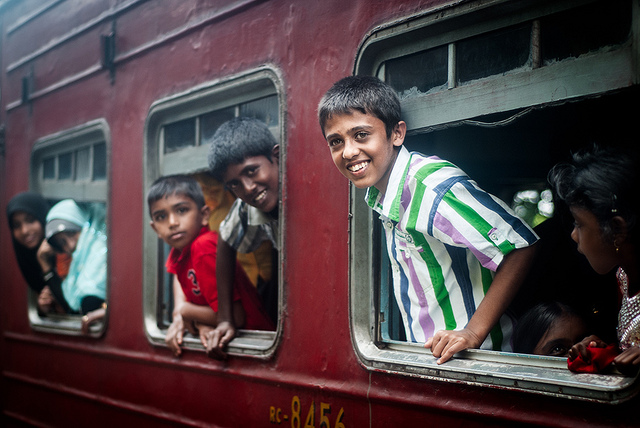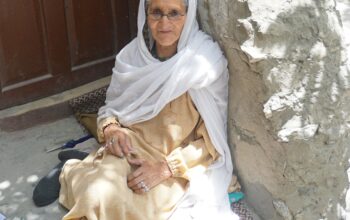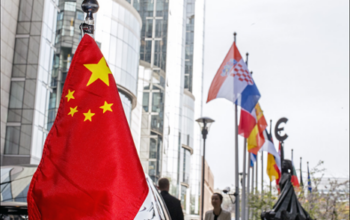As the holiday season is approaching, Sri Lanka is booming as one of Asia’s top destinations for low-price family holidays, all-inclusive resorts and authentic south Asian culture. The Sri Lankan government’s efforts to
promote tourism are paying off – attracting 1.5 million tourists in 2014, the flow of foreign visitors is expected to rise considerably, and with the tourists come foreign investors as well as international attention. Sri Lanka is a newbie in the Asian tourist scene, but its image as a dreamy holiday destination contradicts with the critique the country has received from the UN in the past couple of years.
Since the end of the 26-year civil war in 2009 the political situation has remained unstable. The war took place between two ethnic groups, the Hindu Tamil minority and the mostly Buddhist Sinhalese majority. The Liberation Tigers of Tamil Eelam (LTTE) sought a separate land in the North of Sri Lanka and the war ended with the government forces defeating the 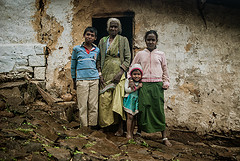 Tamil separatists. The estimation of casualties during the last phases of the war vary between 9,000 (numbers by Sri Lankan government) and 40,000 (numbers in the UN report of 2015) and no one seems to know the number of disappearances. It has been argued that Tamils who remained in custody have faced abuse and other degrading treatment.
Tamil separatists. The estimation of casualties during the last phases of the war vary between 9,000 (numbers by Sri Lankan government) and 40,000 (numbers in the UN report of 2015) and no one seems to know the number of disappearances. It has been argued that Tamils who remained in custody have faced abuse and other degrading treatment.
The distinction between the Tamil territory and the rest of the island state has left Sri Lanka with problems such as a high number of internally displaced persons in the northern parts of the country, economic inequality between the areas and violence against minorities. Moreover, this is attributed to actions of the government. The Tamils are trapped in the northern parts of the country where reconstruction and support is needed the most, even though they are no longer interested in having their own separate land.
The Sri Lankan president Maithripala Sirisena, elected earlier this year, is on a mission to build ‘a modern Sri Lankan nation’ based on justice and truth. The UN is naturally a little sceptic towards such promises. The government elected in August 2015 doesn’t want to take part in any investigation regarding the violations during and after the war, which obviously stands in direct contradiction with their promises of truth and reconciliation. As the UN is setting up bodies to inspect war crimes, forced disappearances and human rights violations, Sri Lanka is under pressure to face its history.
While others are busy solving war crimes, the tourism industry continues to fill the Sri Lankan beaches with new resorts and restaurants. According to Lonely Planet, Sri Lanka is described by “endless beaches, timeless ruins, welcoming people, oodles of elephants, rolling surf, cheap prices, fun trains, famous tea and flavourful food.” The coastline south of the capital Colombo attracts family holiday goers, New Year’s Eve beach parties and young travellers on a budget. Whale watching, swimming with turtles, and 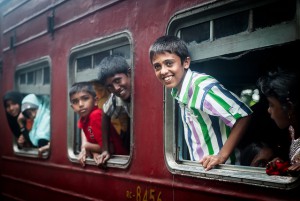
the country’s eight UNESCO Heritage sites are the main attractions. This development can be observed in the war-torn north-east as well, where locals are still struggling to recover from the war. The newly built hotels and resorts are mostly financed by foreign companies who only invest in the tourism sector leaving very little options for the locals. In some cases they even prevent the locals from continuing their traditional way of making a living, as in the fishing industry, to give an example.
Foreign investment can be classified as a difficult topic without doubt. Questions regarding land rights, appreciating the original culture and contributing to developing the country in general are only a few examples among many social and economic issues of foreign involvement. All this applies to post-civil war Sri Lanka. The government prefers to send an image of a country that is back to normal and has a blooming industry, while the locals hardly profit from the development. The growing tourism industry risks to do serious harm to the already fragile nation.
Sri Lanka is clearly struggling to solve the effects of the war that lasted for nearly three decades. The question is whether foreign investments and the incoming flow of tourists are the right way. Sri Lanka could use tourism that is environmentally and culturally conscious as well as sustainable and socially just. However, this does not obviate the need for implementing measures by the UN to finally start unravelling the crimes committed by both parties during and after the civil war. Apart from seeking justice for the human rights violations committed during and after the war, the international community should advise the Sri Lankan government to invest in its people and infrastructure, and to balance the geographical and ethnic inequality that continues to divide the country.
By Viivi Lepistö
Image credit:
Picture 1: Sergio Carbajo licensed under CC BY-NC-ND 2.0
Picture 2: Sergio Carbajo licensed under CC BY-NC-ND 2.0
